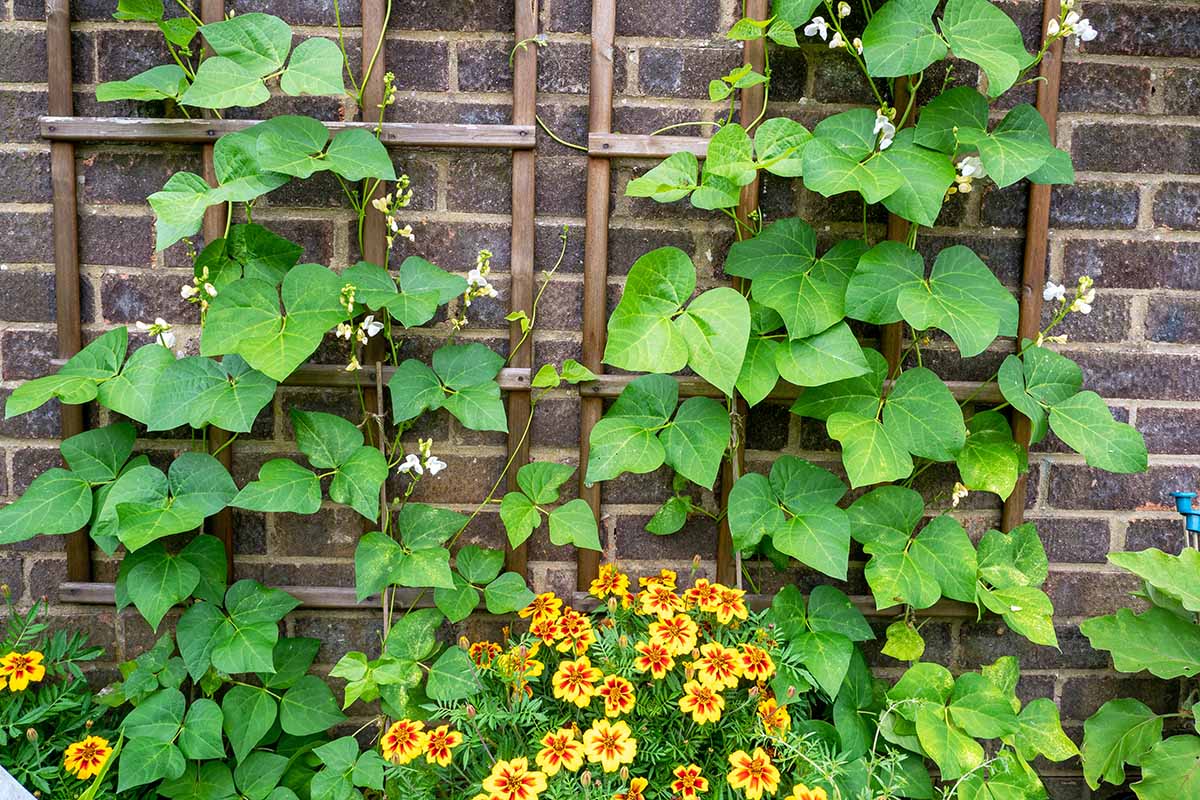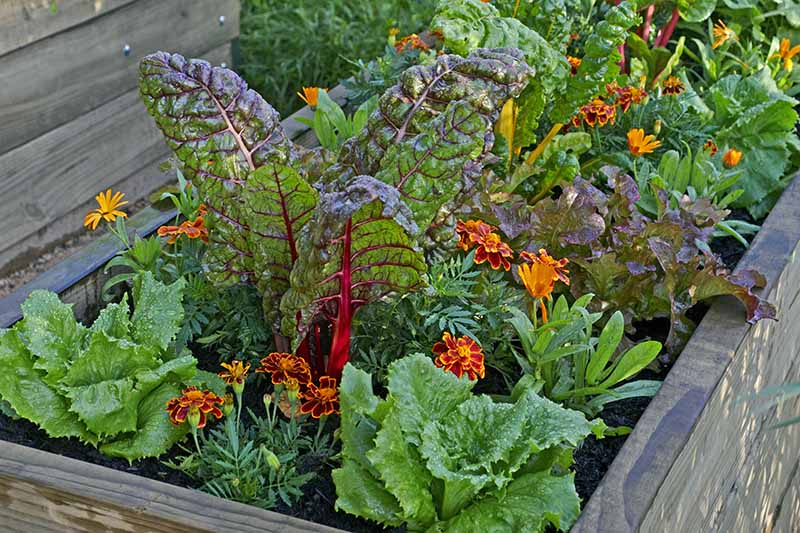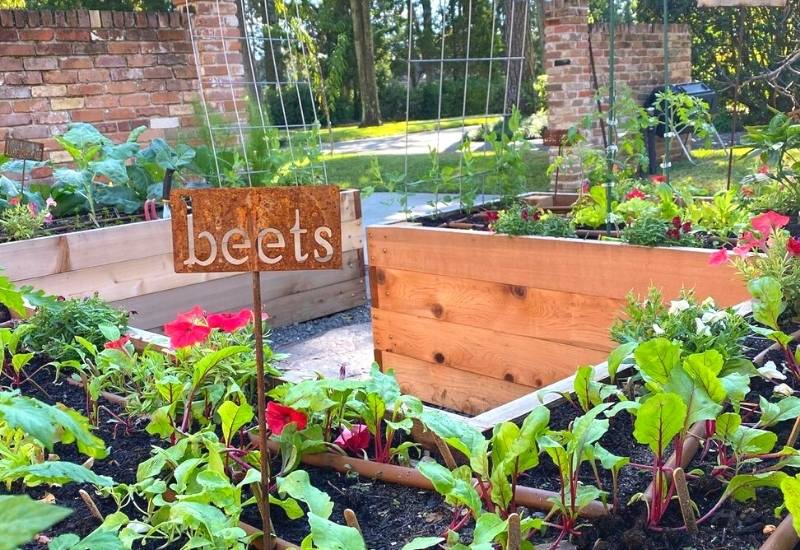Beans And Beets: The Perfect Pair
Beans and Beets: The Perfect Pair
Beans and beets are two nutrient-rich vegetables that are often overlooked. But when you combine them, you get a powerhouse meal that is both delicious and good for you.
Beans are a good source of protein, fiber, and complex carbohydrates. They also contain important vitamins and minerals, such as folate, iron, and magnesium. Beets are a good source of fiber, potassium, and vitamin C. They also contain antioxidants that can help protect your cells from damage.
So what happens when you combine these two powerhouse vegetables? You get a meal that is packed with nutrients and that can help you feel full and satisfied.
Here are some of the benefits of eating beans and beets together:
- Improved digestion: The fiber in beans and beets can help to keep your digestive system healthy.
- Reduced risk of heart disease: The fiber and potassium in beans and beets can help to lower your blood pressure and cholesterol levels.
- Boosted energy levels: The complex carbohydrates in beans and beets can help to give you sustained energy throughout the day.
- Improved blood sugar control: The fiber in beans and beets can help to slow down the absorption of sugar into your bloodstream, which can help to improve blood sugar control.
- Enhanced immunity: The antioxidants in beans and beets can help to protect your cells from damage and can boost your immune system.
In addition to these health benefits, beans and beets are also very versatile and can be enjoyed in a variety of dishes. Here are a few ideas:
- Roasted beet and bean salad: This salad is a great way to get your daily dose of vegetables. Simply roast some beets and then toss them with your favorite beans, leafy greens, and a vinaigrette dressing.
- Bean and beet soup: This soup is hearty and satisfying, and it's a great way to warm up on a cold day. Simply combine cooked beans, beets, and broth in a pot and simmer until heated through.
- Bean and beet burgers: These burgers are a great alternative to traditional beef burgers. They're packed with protein and fiber, and they're sure to satisfy your hunger.
- Bean and beet hummus: This hummus is a delicious and healthy dip or spread. It's made with cooked beans, beets, tahini, lemon juice, and garlic.
No matter how you enjoy them, beans and beets are a great way to add some extra nutrients to your diet. So next time you're looking for a healthy and delicious meal, give beans and beets a try.
Beans and beets are two of the most popular vegetables to grow in the garden, and they make great companion plants. Bush beans, in particular, are a good choice for beets because they provide nitrogen to the soil, which helps beets grow strong and healthy. In addition, beans and beets have different root systems, so they don't compete for space or nutrients.
If you're thinking about planting beans and beets together in your garden, I recommend checking out Gardenia Inspiration. This website has a wealth of information about companion planting, including a detailed guide to beans and beets. You'll learn which types of beans are best for beets, how to plant them together, and how to care for them.
I also recommend checking out the website's companion planting chart. This chart shows which plants are compatible with each other, and which ones should be avoided. It's a great resource for making sure that your plants are getting along and that your garden is thriving.
FAQ of beans and beets companion planting
Question 1: Can beets and beans be planted together?
Answer: Yes, but not all types of beans. Pole beans should be avoided, as they can stunt the growth of beets. Bush beans, soybeans, and butter beans, on the other hand, are all good companion plants for beets. They help to enrich the soil with nitrogen and nutrients, which can benefit the growth of both plants.
Question 2: What are the benefits of companion planting beets and beans?
Answer: There are several benefits to companion planting beets and beans. Bush beans, soybeans, and butter beans all help to enrich the soil with nitrogen, which is a vital nutrient for beets. Additionally, beans can help to suppress weeds, which can free up your time and energy for other tasks.
Question 3: What are some other good companion plants for beets?
Answer: In addition to bush beans, soybeans, and butter beans, other good companion plants for beets include:
- Alliums (onions, garlic, leeks)
- Lettuce
- Radishes
- Strong-scented herbs (chives, mint, rosemary)
- Brassicas (broccoli, cabbage, cauliflower)
- Corn
- Oats
Question 4: What are some plants that should not be planted near beets?
Answer: There are a few plants that should not be planted near beets, including:
- Pole beans
- Field mustard
- Chard
- Potatoes
- Sweet potatoes
Question 5: How far apart should beets and beans be planted?
Answer: The ideal spacing for beets and beans depends on the variety of beans being planted. Bush beans should be spaced 12-18 inches apart, while pole beans should be spaced 24-36 inches apart. Beets should be spaced 3-4 inches apart.
Image of beans and beets companion planting
- Image 1: This image shows a row of beets with bush beans growing in between. The caption of the image says, "Beans and beets are a great companion planting combination. The beans fix nitrogen in the soil, which benefits the beets, and the beets help to suppress weeds. This is a great way to save space in your garden."

- Image 2: This image shows a close-up of beets and bush beans growing together. The caption of the image says, "The leaves of the bush beans help to shade the soil around the beets, which helps to keep the soil cool and moist. This is especially beneficial for beets in hot, dry climates."

- Image 3: This image shows a bed of beets with pole beans growing at the back. The caption of the image says, "Pole beans can also be grown as a companion plant for beets. However, it is important to note that pole beans can shade out beets, so it is best to plant them at the back of the bed so that the beets still get enough sunlight."

- Image 4: This image shows a mixed planting of beets, bush beans, and lettuce. The caption of the image says, "Beets, bush beans, and lettuce are all compatible companion plants. They can all be grown in the same bed, and they will help to support each other's growth. This is a great way to save space in your garden and to get a variety of vegetables from one bed."

- Image 5: This image shows a close-up of the roots of beets and bush beans. The caption of the image says, "The roots of beets and bush beans can actually help each other to grow. The beets' roots release nitrogen into the soil, which benefits the bush beans, and the bush beans' roots help to aerate the soil, which benefits the beets."

Post a Comment for "Beans And Beets: The Perfect Pair"